Tuam babies: Survivors call for immediate DNA tests
- Published
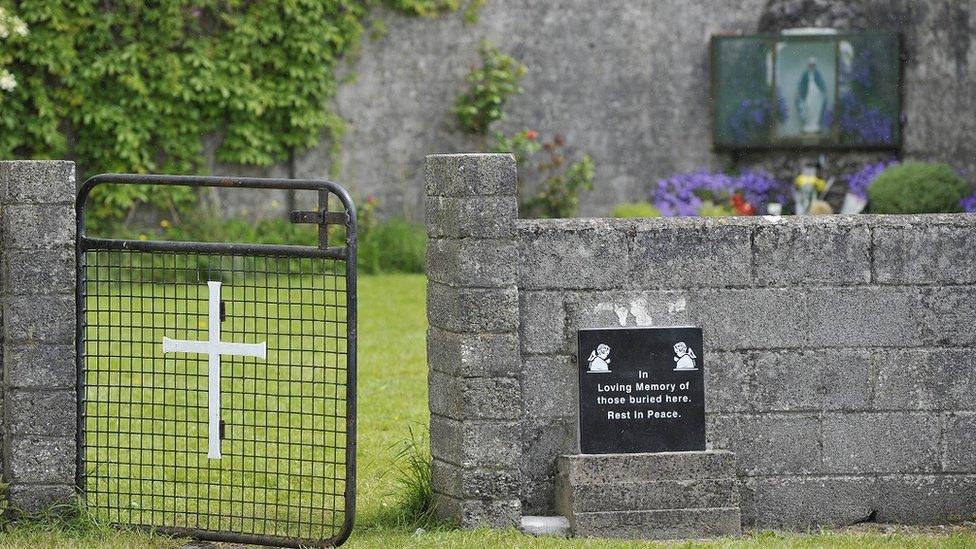
Almost 800 children died at the home during its 36 years in operation
More than 20 survivors of the Tuam Mother and Baby Home have called on the Irish government to take their DNA samples urgently.
The excavation of the Galway site, containing the remains of children buried in unmarked graves, is to begin later this year.
Forensic tests will be carried out to identify each child before reburials.
The Catholic-run institution housed unmarried mothers and babies from 1925 to 1961 and had high infant mortality.
There was an outcry in 2017 when tests revealed "significant quantities" of human remains had been buried in "underground chambers" at the site.
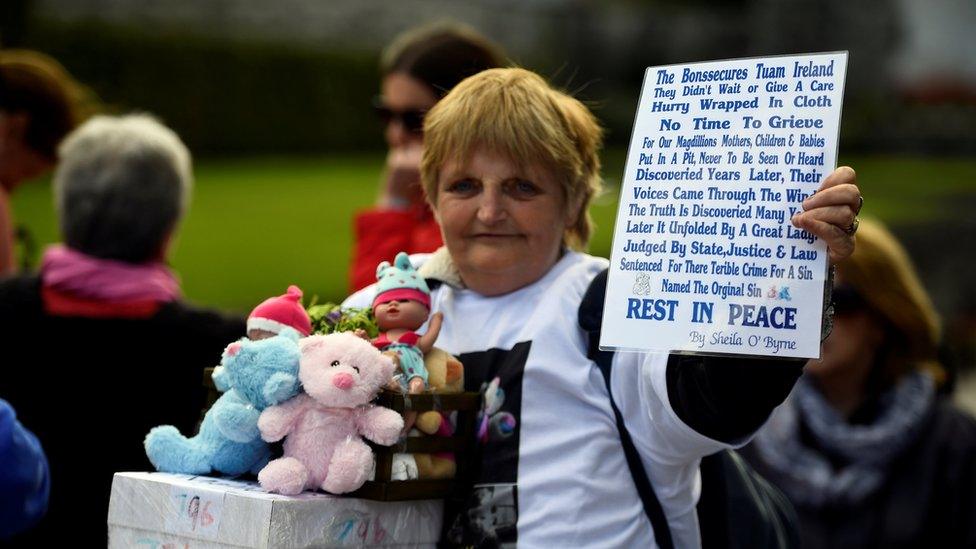
A funeral procession in remembrance of the dead children was held in Dublin in October
It is thought that the children died of natural causes or malnutrition but the secretive, undignified manner of their burials in a mass grave caused widespread outrage in Ireland and beyond.
Now, those who survived want to eliminate any delay in finding their dead children and carrying out a dignified burial.
The Tuam Home Survivors' Network, which represents about 20 survivors, said they were getting old and in some cases were frail. They would like their DNA to be gathered quickly, to eliminate any delay.
In a statement to Irish broadcaster, RTÉ, the network said the work on the site at Tuam must "proceed in a way that will be of greatest benefit to the greatest number of survivors, victims and families".
It said the quantification of the DNA extracted from the remains was of paramount importance and outlined three preferred scenarios: one flowing from a high yield of DNA, the second from a low yield and if the yield is insufficient, samples should be stored for future analysis.
Taoiseach (Irish Prime Minister) Leo Varadkar said work would begin late in 2019 as legislation to conduct the excavations needed to be passed.
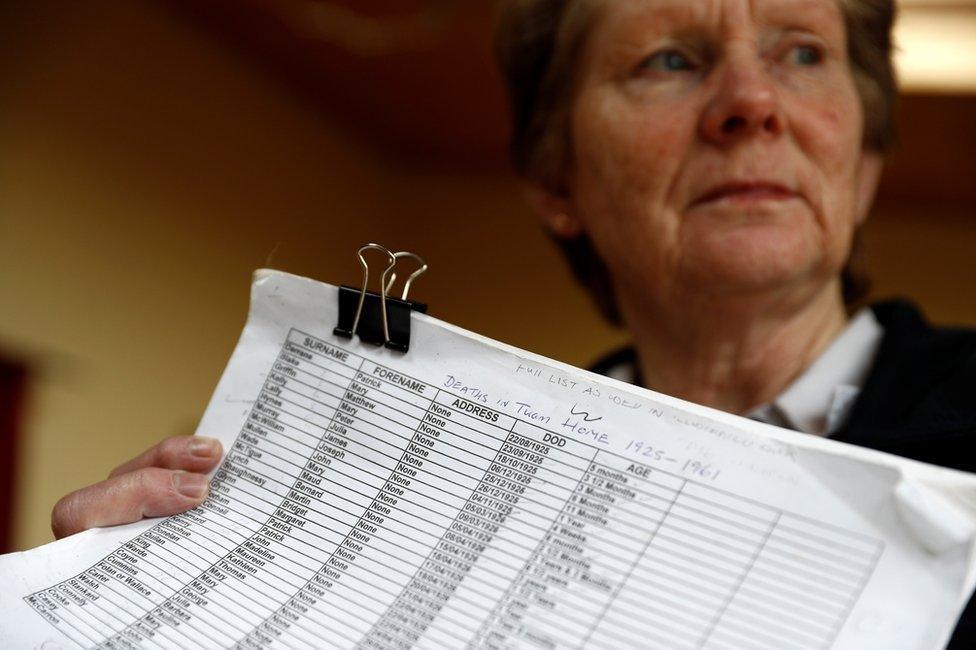
Catherine Corless collated hundreds of death certificates for the infants who died in the home
The Tuam mother-and-baby home was run by the Bon Secours Sisters, a congregation of Catholic nuns.
Official records show that 798 infants and children died at the home and it is believed many were buried there.
In 2014, amateur historian Catherine Corless raised questions about the fate of the children and babies who died at the home during its 36 years in operation.
She had spent years trying to find out what happened to them.
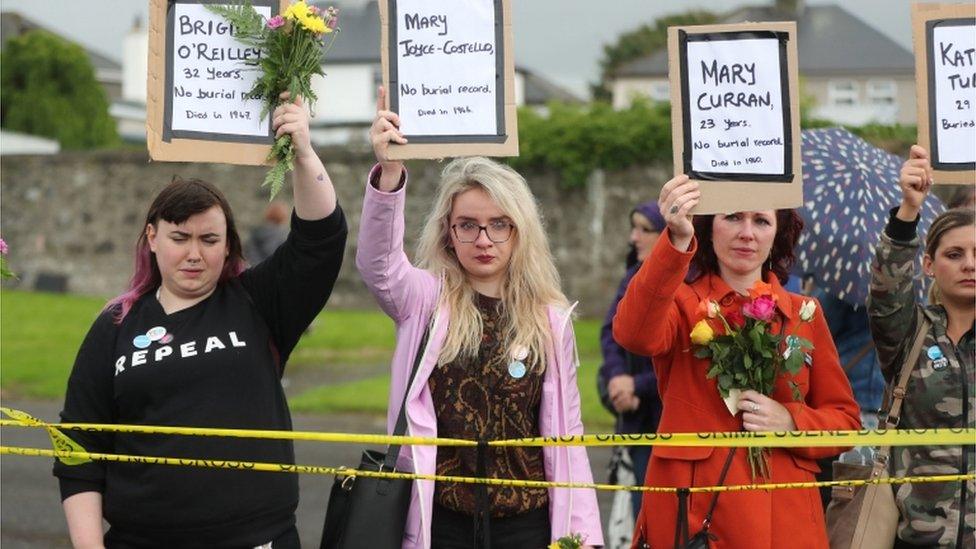
Protesters held up placards of the names of babies buried at Tuam during the Pope's visit to Ireland last year
Ms Corless established that although there were death certificates for 796 infants, no burial records existed, which raised fears of a mass grave.
- Published29 December 2018

- Published23 October 2018
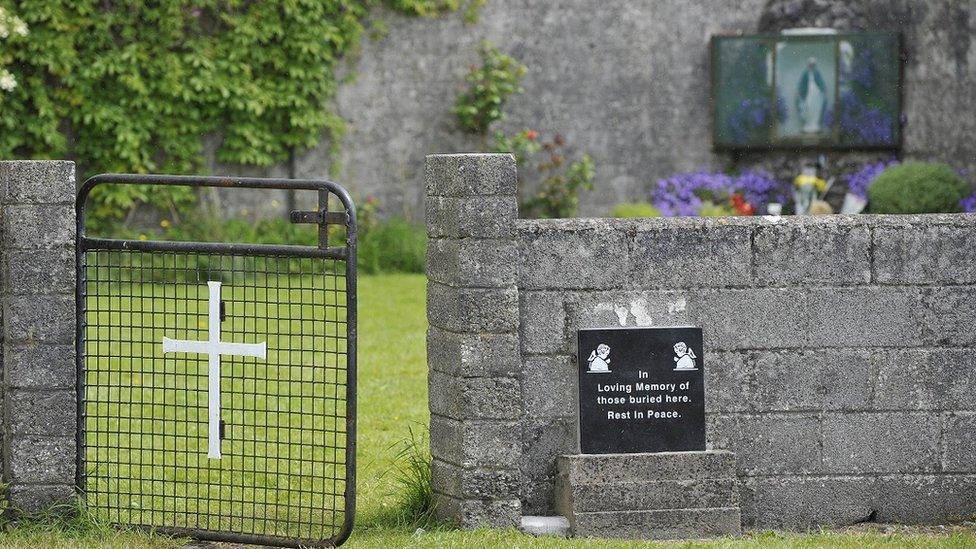
- Published27 August 2018

- Published4 March 2017

- Published9 October 2015
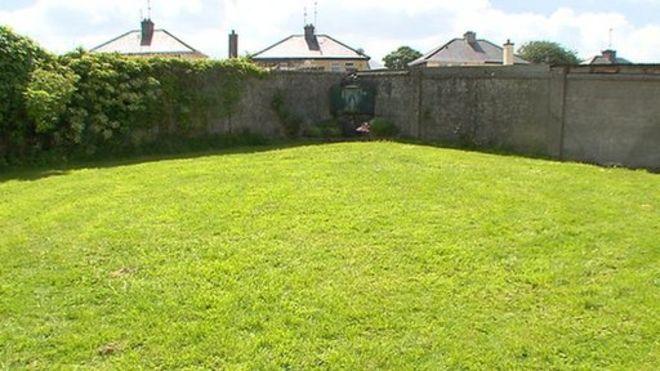
- Published23 June 2014
